If you are thinking about raising your own chickens, you’ll find out soon enough how crucial it is to maintain the proper ratio of hens to roosters. Assuming you want a rooster at all, of course! If you’ve spent any amount of time taking care of your own flock, you already know this all too well.
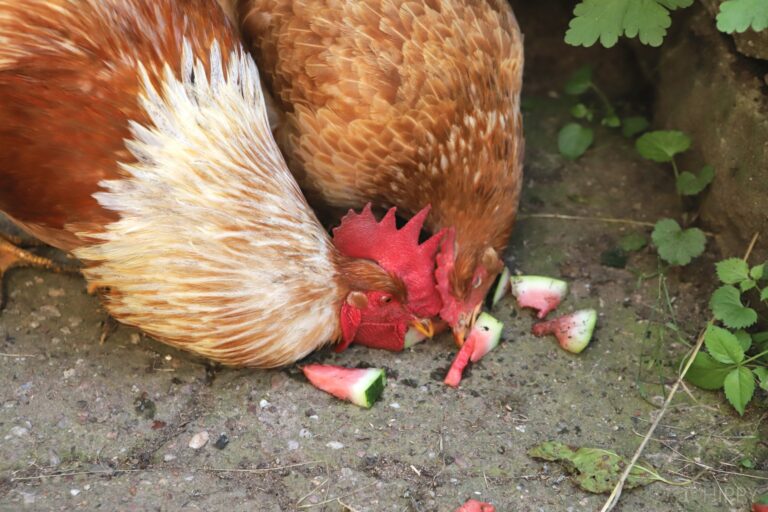
Telling the hens from the roosters is especially important when dealing with adolescent chickens. They grow up fast, and flock dynamics that get thrown out of whack can lead to injuries, stressed birds, and all sorts of problems – like irate neighbors!
Unfortunately, most chickens aren’t sex-linked, meaning you can’t tell boys from girls at birth. Usually, you’ve got to wait till they grow up a bit…
But even if you don’t know which end of the chicken the seed goes in, you don’t need to worry. I’m here to help you with a foolproof guide that will help you tell hens and roosters apart. Keep reading and we’ll get to it.
Hens Lay Eggs
I know some of you are bound to be chuckling at this, but it’s important. I’ve talked to more people who were fussing and worrying over whether a bird is or is not a hen and in doing so they missed the forest for the trees.
Hens are the only chickens that lay eggs. Assuming your birds are all physically mature, hens will start laying eggs whether or not they have mated with a rooster.
Pay attention to your chickens, and your nesting boxes if you have them, and you’ll soon find out who’s responsible for them. If you catch one of them in the act, you’ll obviously know you have a hen on your hands. Simple as!
Hens are a Lot Less Vocal, Typically
Now this varies somewhat from breed to breed, and to a lesser extent from individual to individual, but as a rule, hens don’t make nearly as much noise as roosters. Just ask anybody who’s owned chickens and they’ll tell you!
I’ll put it another way: The fact that in most suburban and urban areas you can’t own a rooster at all is what the police would call “a clue.” Roosters tend to be extremely noisy!
Yes, everyone is familiar with their crack-of-dawn crowing, but they also make a lot more noise more often. If they spot a threat, or think they have spotted a threat, located a source of food, or if anything else remarkable happens, expect your roosters to pipe up.
That’s their role in nature, after all. They’ll also make plenty of noise if they’re squaring up with another rooster for supremacy in the flock.
Hens, on the other hand, usually only vocalize loudly when they are startled or hurt, and make a bit more noise when they are broody, but otherwise, they cluck quietly if they make any noise at all.
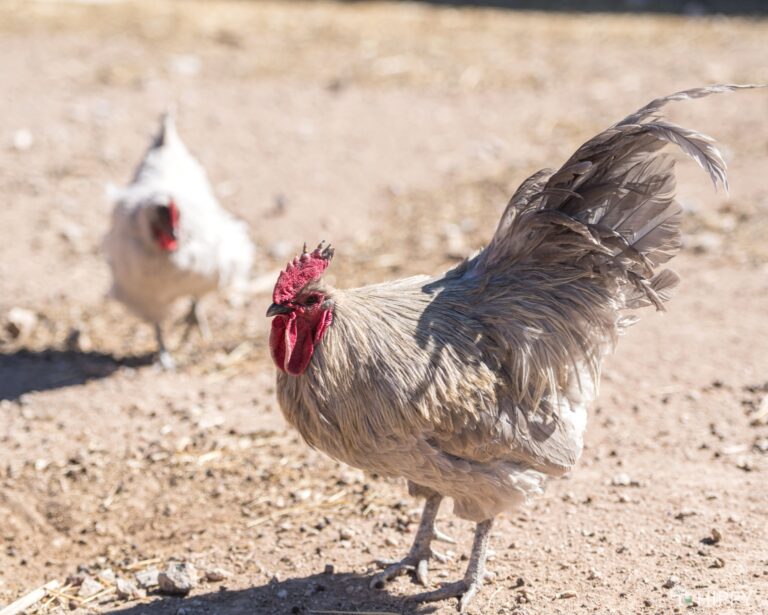
Hens Tend to be Smaller
No surprises here. Hens tend to be smaller than roosters all other things being equal. This applies to hens and roosters of the same breed and of the same age, approximately.
You definitely don’t want to go comparing a Rhode Island Red hen to a little bantam breed rooster! Size disparity is a thing.
And roosters aren’t just a little bit bigger, but they tend to be significantly bigger: several inches taller and are also notably stockier looking.
That’s because roosters are more muscular, have thicker, stronger bones, and also because their feathers tend to be fuller and somewhat frillier on certain parts of their bodies, lending them a significantly chunkier look.
Hens Have Shorter, Straighter Tail Feathers
One of the most immediately noticeable differences between hens and roosters of most breeds is that hens lack the highly distinctive tail feathers that roosters have when they are physically mature.
A hen’s tail is short and almost cropped looking, with a rounded appearance that often matches the plumage on the rest of her body.
Roosters, in sharp contrast, have much longer, thicker and fuller tails, with individual feathers usually arcing up and backward in a glorious spray that makes them look like a star.
More than this, a rooster’s tail feathers often have striking coloration, usually contrasting the rest of the body, and sometimes having iridescent qualities.
As you might have guessed, roosters rely on these fancy feathers to help find a girlfriend for mating. If one of your chickens has particularly impressive tail feathers, odds are it is a rooster and not a hen.
Hens Often Lack Prominent Hackle Feathers
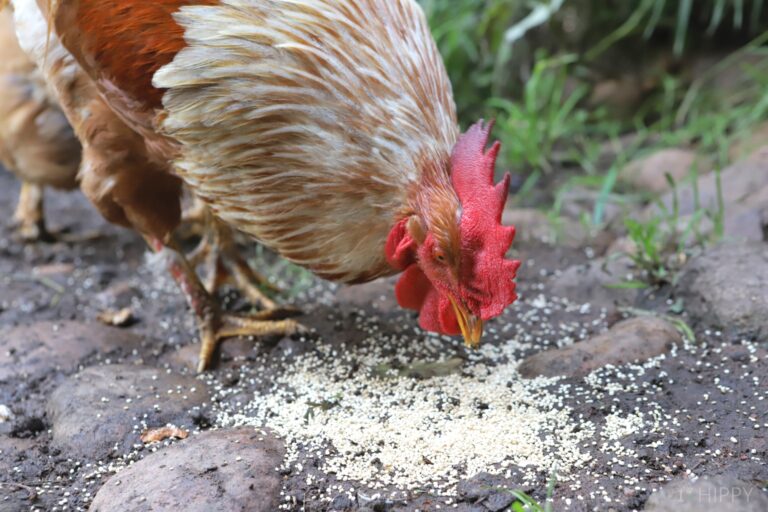
The differences in feathering don’t stop at the tail. Roosters typically have what are called hackle feathers, sort of analogous to a lion’s mane, that grow around their neck.
Though not all breeds have such prominent feathers, with a little bit of inspection you can definitely tell because they tend to be long and rough-looking and don’t lie as close to the body compared to the typical short, tight-neck feathers of hens.
But this isn’t a matter of just showing off this time, not for hens at least: the girls need their hackle feathers to help them stay warm, and also blend in with their surroundings in some cases, keeping them safe from predators.
Once again, this feature will only manifest when the birds are physically mature, so don’t count on it when chicks are still developing and aren’t fully feathered.
Hens Have Two Sets of Wattles
Most hens have two sets of short, thin wattles whereas roosters have one larger and more prominent one. Nothing else to it!
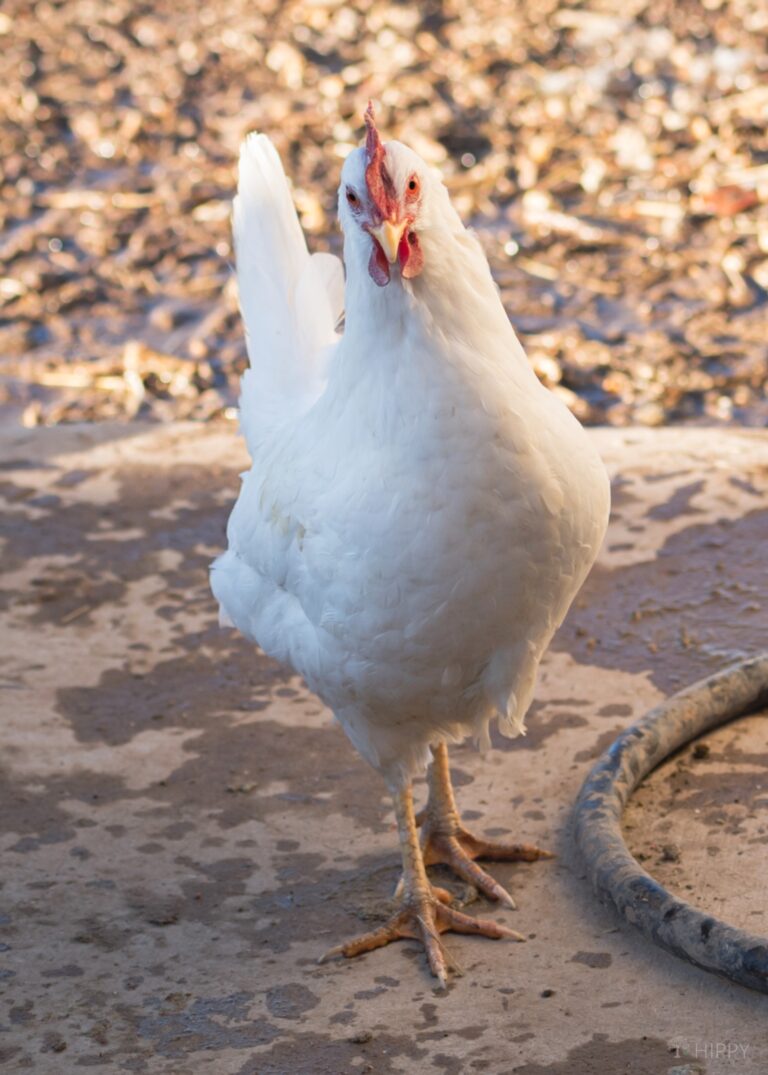
And as expected, you cannot count on this characteristic until males and females are approaching maturity. They will look identical earlier in life!
Hens Have Smaller Combs, on Average
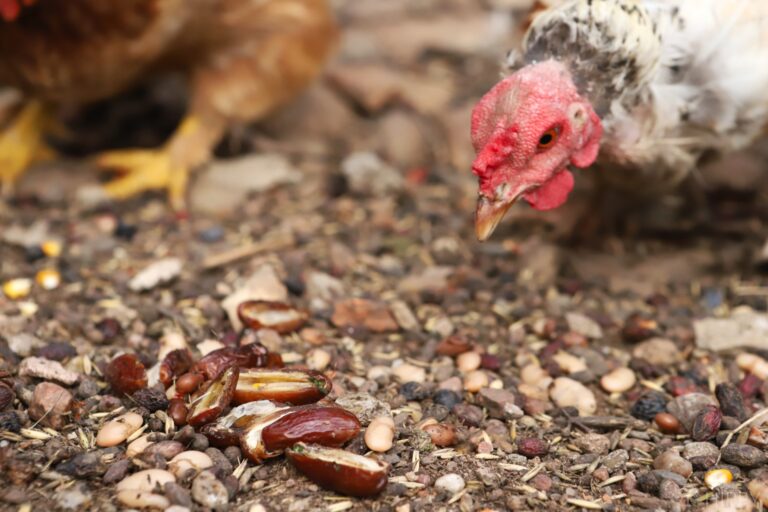
As with the wattles, hens have a smaller comb compared to roosters as a rule. Although they’re typically the same shape, it will be far more pronounced on a physically mature rooster than it will be on a hen.
A Hen’s Comb and Wattles are Usually Paler than a Rooster’s
Concerning the combs and wattles of males and females, a good rule of thumb is that the male of any given breed will have significantly more vibrant coloration compared to his lady counterpart.
A rooster’s wattles are often a brilliant ruby red color, almost like a fire engine, whereas those of a hen tend towards a flatter red or sometimes a rosy pink.
Note that certain chicken breeds, like Sumatras, have jet-black or blue-black combs and wattles (and skin and feathers!) for both males and females, so this factor can’t be relied on by itself.
This rule is generally dependable assuming that both chickens are roughly the same age and in the same general health. Something to keep in mind is that there are many factors which can change the color or tone of any chicken’s comb and wattles.
Illness, malnutrition, injury, stress, and more can contribute to pale or less vibrant tissues, so keep that in the back of your mind when assessing.
Hens Have Thinner Legs and No Spurs
A great way to tell hens and roosters apart is in the stoutness of their legs and the presence of spurs. Roosters have thick, tough legs with long, viciously pointed spurs on the back that they use to fight off predators and male contenders for their throne.
Considering they are always rushing into the fray one way or the other, they need the extra durability and weaponry!
Hens, in stark contrast, have much skinnier, daintier legs and feet. This is one physical difference that manifests much earlier on in life as a chicken is developing, so keep it in mind if you’re raising chicks yourself because it will be one of the best methods you have for picking out the roosters early.
Hens are Usually, but Not Always, Calmer than Roosters
You probably already know by now that roosters have a, generally, well-earned reputation for having a bad attitude. Don’t blame them; it just comes with the territory…
Roosters are always eager to get into a fight, and much of the time, that will include you no matter how much time you spent raising them from a hatchling.
When it comes to getting along peaceably, hens enjoy a much better reputation with other chickens, other animals on your homestead, and often with you, their owner.
Although it takes some experience with chickens to identify a pattern of behavior, roosters that start developing their sex organs during adolescence will accordingly become more standoffish and aggressive even before they are fully developed physically.
If you notice one or two “problem children” in the flock constantly getting into fights or, more likely, bickering with each other you’re probably looking at a couple of roosters and not hens.
Hens Rarely Perch Unless Sleeping or Brooding
Lastly, a behavioral quirk of roosters to be on the lookout for. Roosters tend to patrol near the perimeter of their territory, that being the run or the edge of your property if you let them free range and have them fenced in. Hens often stay closer to the center and often stay together in a flock or in smaller groups.
But hens are only likely to roost when they are actually bedding down for the night or when they’re in their nesting box, intent on hatching their eggs. The rest of the time they are moving around except for short rest breaks during the day.
The same isn’t true for roosters, which will commonly try to attain a lofty perch, or roost, to survey the surrounding area looking out for threats and challengers alike.
That’s why they’re called roosters! Any of your chickens that seem to show a preference for setting up in a lookout is likely a rooster.
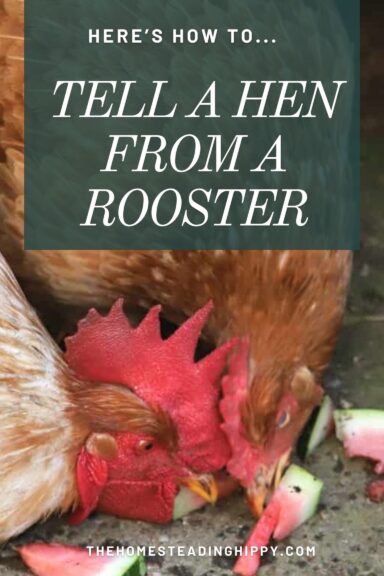
Tim is a farm boy with vast experience on homesteads, and with survival and prepping. He lives a self-reliant lifestyle along with his aging mother in a quiet and very conservative little town in Ohio. He teaches folks about security, prepping and self-sufficiency not just through his witty writing, but also in person.
Find out more about Tim and the rest of the crew here.
